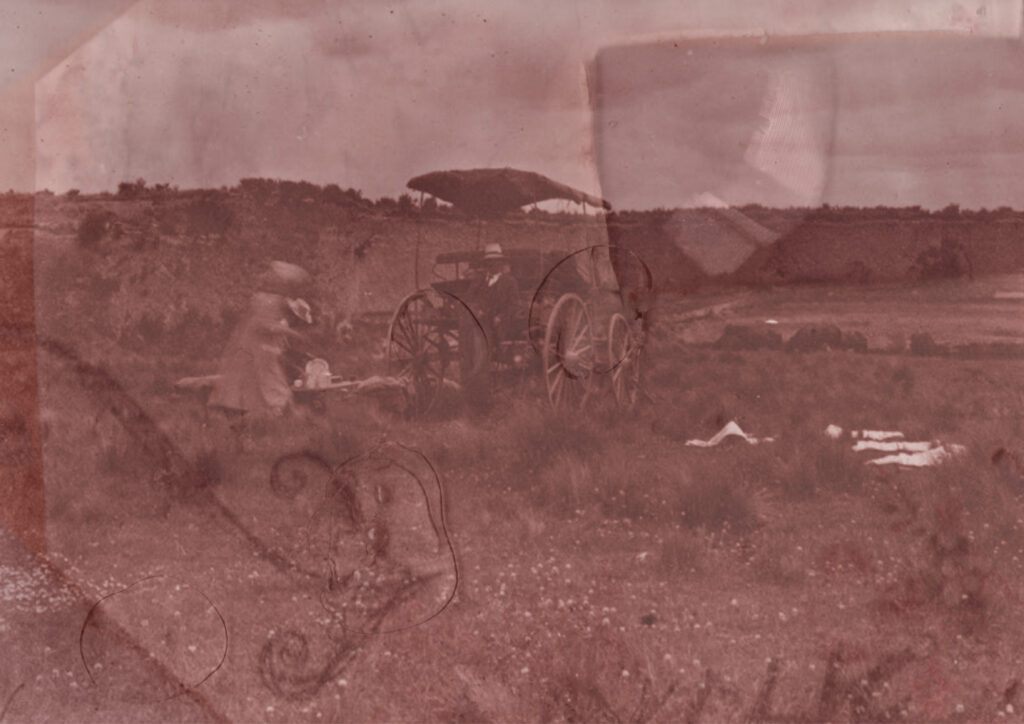Beauty Incarnate is an installation of sound, text, and sculpture by George Watson (Ngāti Porou, Moriori, Ngāti Mutunga). It encompasses Watson’s recurring interest in modernist Pākehā author Katherine Mansfield, on the 100th anniversary of her death.
Watson’s practice responds to the material and subliminal nature of colonial inheritances. She follows threads through the entangled histories of colonial and indigenous Aotearoa New Zealand, paying particular attention to creative conventions of early settler society—its architecture, fashion and literature. Her work tweaks, rephrases and makes strange their morphing symbolisms to expose the persistence of Empire, and underline and unsettle its assumed position of authority in demarcating land, love and family structures.
Beauty Incarnate pivots on Katherine Mansfield’s ambivalent imaginaries of colonial settlement in Aotearoa, and her attempts to make sense of her position as a settler in-between her perceived worlds of Aotearoa and England. The works in Beauty Incarnate are hinged on Mansfield’s use of Māori names in her short stories and diary entries, with a key focus on Summer Idyll (1907). In this short story, allegedly based on her real-life relationship with the socialite and academic Maata Mahupuku, Mansfield muddies distinctions between autobiography and fiction, Indigenous and settler, desire and possession, through the characters Hinemoa and Marina. By unearthing repressed details in Mansfield's writing, Beauty Incarnate unsettles the established portrait of her, and the ways it has seeped into nationalistic fictions of progressive settler identity.























